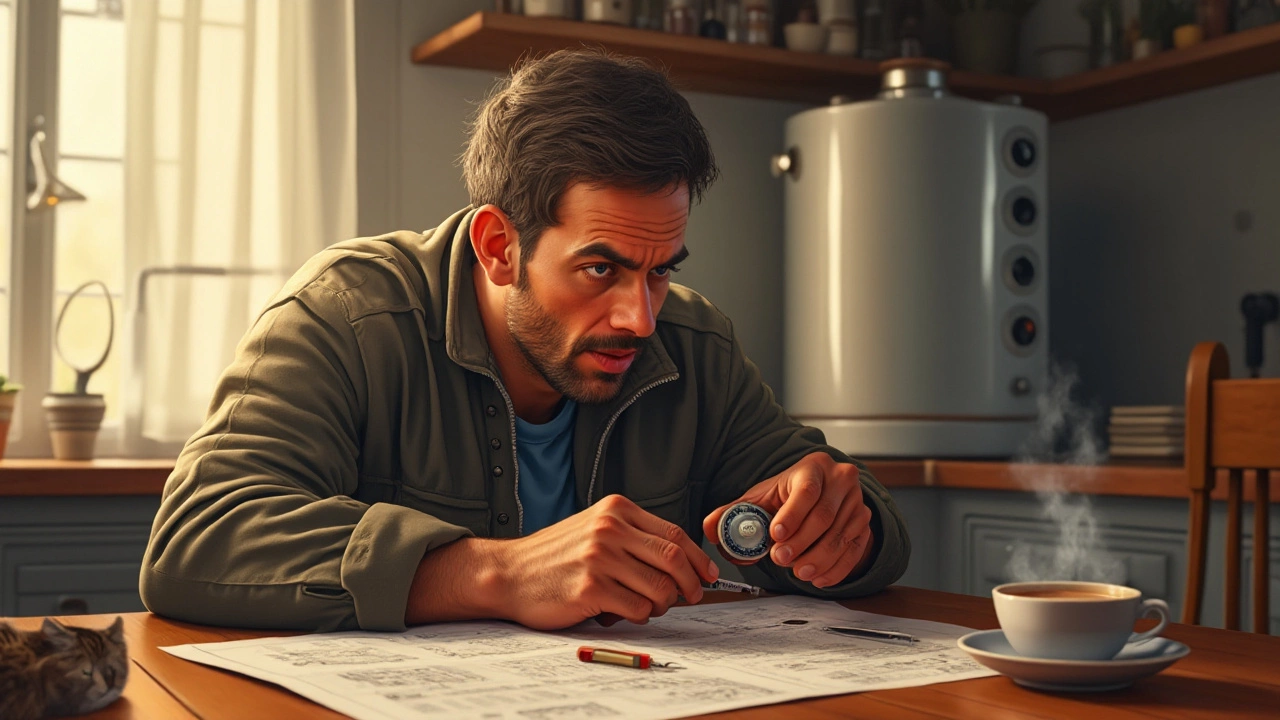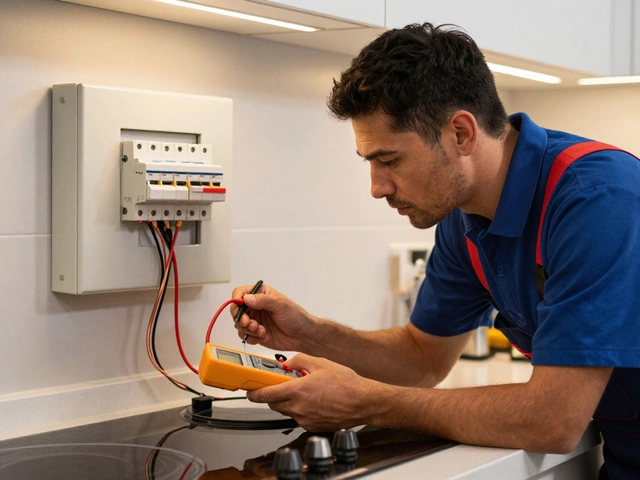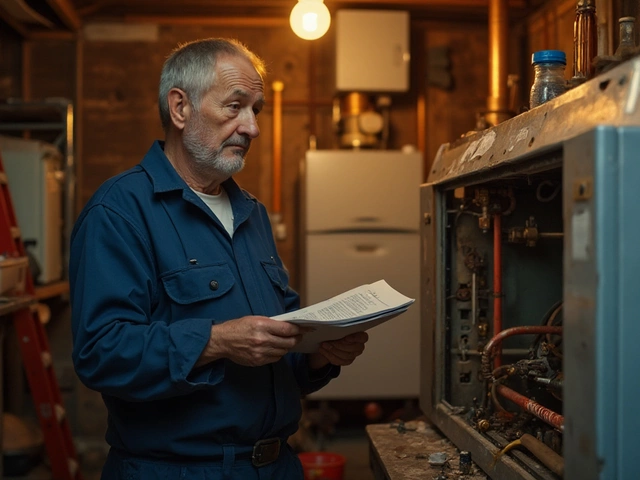Do You Need an Electrician to Replace an Electric Hob?
December 4 2025Troubleshoot Water Heater Issues – Simple Steps for Homeowners
If you’ve ever taken a cold shower because the water heater stopped working, you know how frustrating it can be. The good news is most problems are easy to spot and fix before they turn into costly replacements. Below are the most common hiccups and what you can do right now.
Common Problems and Quick Checks
No hot water at all. First, see if the pilot light is out (gas heater) or if the breaker has tripped (electric heater). For a gas unit, locate the pilot, follow the manufacturer’s instructions to relight it, and keep an eye on the flame. For an electric unit, go to the circuit breaker box, find the water‑heater switch, and flip it off then on. Tip: Always turn off the breaker before you start any reset work – it protects you and the heater.
Water is lukewarm or not reaching the set temperature. Check the thermostat setting; many people accidentally lower it to save energy. If the setting looks fine, sediment build‑up in the tank could be insulating the heat source. A quick flush can restore performance (see the next section).
Strange noises – popping, rumbling, or squealing. These sounds usually mean mineral deposits are boiling or a pressure‑release valve is working. Turning off the heater, letting it cool, and then flushing the tank often quiets it down.
Leaks around the base. Look for loose connections on the inlet and outlet pipes, or a cracked tank. Tighten fittings with a wrench, but don’t over‑tighten. If the tank itself is leaking, it’s time to call a professional – a cracked tank can’t be repaired safely.
Keeping Your Water Heater Healthy
Flush vs. drain – which is right? Flushing means you run water through the tank while it’s still connected, letting sediment out through the drain valve. Draining removes all water, which is useful if the tank is very full of debris. Both methods improve efficiency and extend life. Do a flush at least once a year; if you have hard water, consider a semi‑annual flush.
Step‑by‑step flush: 1) Turn off power or gas and close the cold‑water inlet. 2) Attach a garden hose to the drain valve and run it to a floor drain. 3) Open the valve and let water flow out until it runs clear. 4) Briefly open the cold‑water inlet to stir up any remaining sediment, then close it and refill the tank.
Resetting the heater. Many modern heaters have a reset button on the thermostat. Before you press it, turn off the breaker for safety, wait a minute, then turn the breaker back on and press reset. If the heater trips again, there may be an underlying issue like a faulty thermostat or heating element.
When to call a pro. If you’ve tried the basic checks and the heater still won’t heat, makes loud banging noises, shows signs of corrosion, or is more than 10‑12 years old, it’s smarter to get a certified gas engineer. They can test pressure, inspect the heat exchanger, and advise whether repair or replacement makes sense.
Regular maintenance beats emergency calls. Set a reminder to check the pilot light, thermostat, and pressure‑relief valve every six months, and schedule an annual service with a qualified engineer. A little attention now keeps your water heater running smoothly for years.
Got a specific problem that wasn’t covered here? Write down the symptom, the type of heater you have, and any recent changes (like a power outage). With that info in hand, you’ll either fix it yourself or give the technician exactly what they need to know.
 31 Jan
31 Jan
Troubleshoot and Fix a Water Heater Delivering Cold Water
A cold water surprise from your water heater usually signals a problem, and it’s essential to diagnose and fix it before it turns into a costly repair. From checking the thermostat to flushing out sediment, understanding the mechanics can help get your water heater back in action. In some cases, the fix might be simple; other times, professional help might be needed. Explore some hands-on tips and tricks for those willing to try a do-it-yourself approach. Remember, safety is crucial when dealing with the appliance that combines water and electricity or gas.
Read More...



